
| Recorded by: Michael P. Morales on 2025-09-22
Cumberland Co.
Comment: | 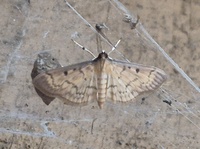
| Recorded by: Michael P. Morales on 2025-09-22
Cumberland Co.
Comment: |
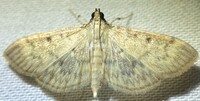
| Recorded by: Dean Furbish and Joy Wiggins on 2025-09-19
Wake Co.
Comment: | 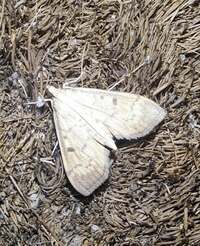
| Recorded by: Allison Garton on 2025-09-09
Moore Co.
Comment: |

| Recorded by: Mark Basinger on 2025-09-03
Wilson Co.
Comment: | 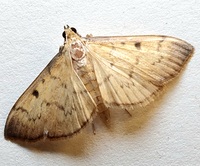
| Recorded by: Mark Basinger on 2025-08-21
Wilson Co.
Comment: |
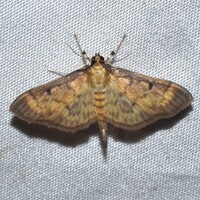
| Recorded by: Jeff Niznik, Larry Chen, Sarah Toner, Kaitlyn Elliott on 2025-08-16
Richmond Co.
Comment: | 
| Recorded by: Dean Furbish, Lior S. Carlson, Randy Emmitt on 2025-08-12
Alamance Co.
Comment: |

| Recorded by: Dean Furbish, Lior S. Carlson, Randy Emmitt on 2025-08-12
Alamance Co.
Comment: | 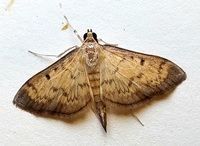
| Recorded by: Mark Basinger on 2025-07-27
Wilson Co.
Comment: |
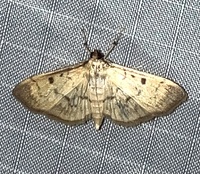
| Recorded by: Ken Kneidel on 2025-07-25
Mecklenburg Co.
Comment: | 
| Recorded by: David George, Jeff Niznik, Rob Van Epps, Kevin Metcalf on 2025-07-20
Richmond Co.
Comment: |
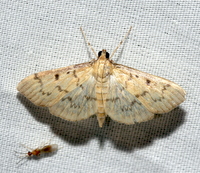
| Recorded by: David George, David Bradley, Becky Watkins, David Cheng, Michelle Lotker, Tracy Feldman, et al. on 2025-06-28
Durham Co.
Comment: | 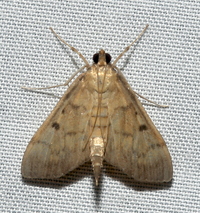
| Recorded by: David George, David Bradley, Becky Watkins, David Cheng, Michelle Lotker, Tracy Feldman, et al. on 2025-06-28
Durham Co.
Comment: |

| Recorded by: Mark Basinger on 2024-09-23
Wilson Co.
Comment: | 
| Recorded by: Mark Basinger on 2024-09-05
Wilson Co.
Comment: |

| Recorded by: Mark Basinger on 2024-08-25
Wilson Co.
Comment: | 
| Recorded by: David George, Jeff Niznik, Stephen Dunn on 2024-08-02
Chatham Co.
Comment: |

| Recorded by: Mark Basinger on 2024-07-30
Wilson Co.
Comment: | 
| Recorded by: David George, Jeff Niznik, Patrick Coin, Steve Hall, Carol Tingley, Tom Howard on 2024-07-27
Chatham Co.
Comment: |

| Recorded by: Jeff Niznik, David George on 2024-07-25
Durham Co.
Comment: | 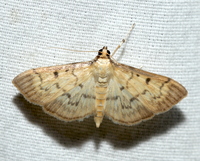
| Recorded by: David George on 2024-07-04
Chatham Co.
Comment: |
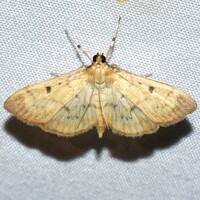
| Recorded by: Jeff Niznik on 2024-06-26
Orange Co.
Comment: | 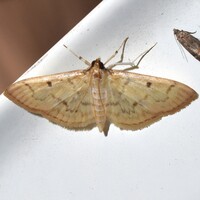
| Recorded by: David George, Jeff Niznik, Rich Teper on 2024-04-16
New Hanover Co.
Comment: |

| Recorded by: David George, Stephen Dunn, Jeff Niznik, Larry Chen on 2023-10-28
Orange Co.
Comment: | 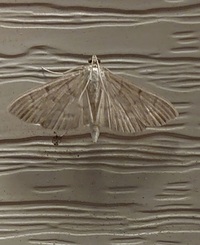
| Recorded by: Mark Basinger on 2023-10-14
Wilson Co.
Comment: |
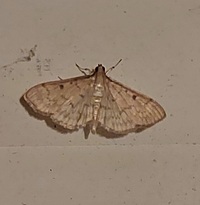
| Recorded by: Mark Basinger on 2023-10-02
Wilson Co.
Comment: | 
| Recorded by: Jim Petranka and Becky Elkin on 2023-09-25
Madison Co.
Comment: |
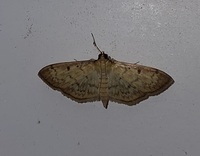
| Recorded by: Mark Basinger on 2023-09-24
Wilson Co.
Comment: | 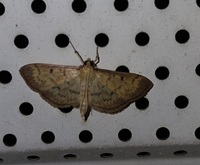
| Recorded by: Mark Basinger on 2023-09-21
Wilson Co.
Comment: |
|

 »
»






















